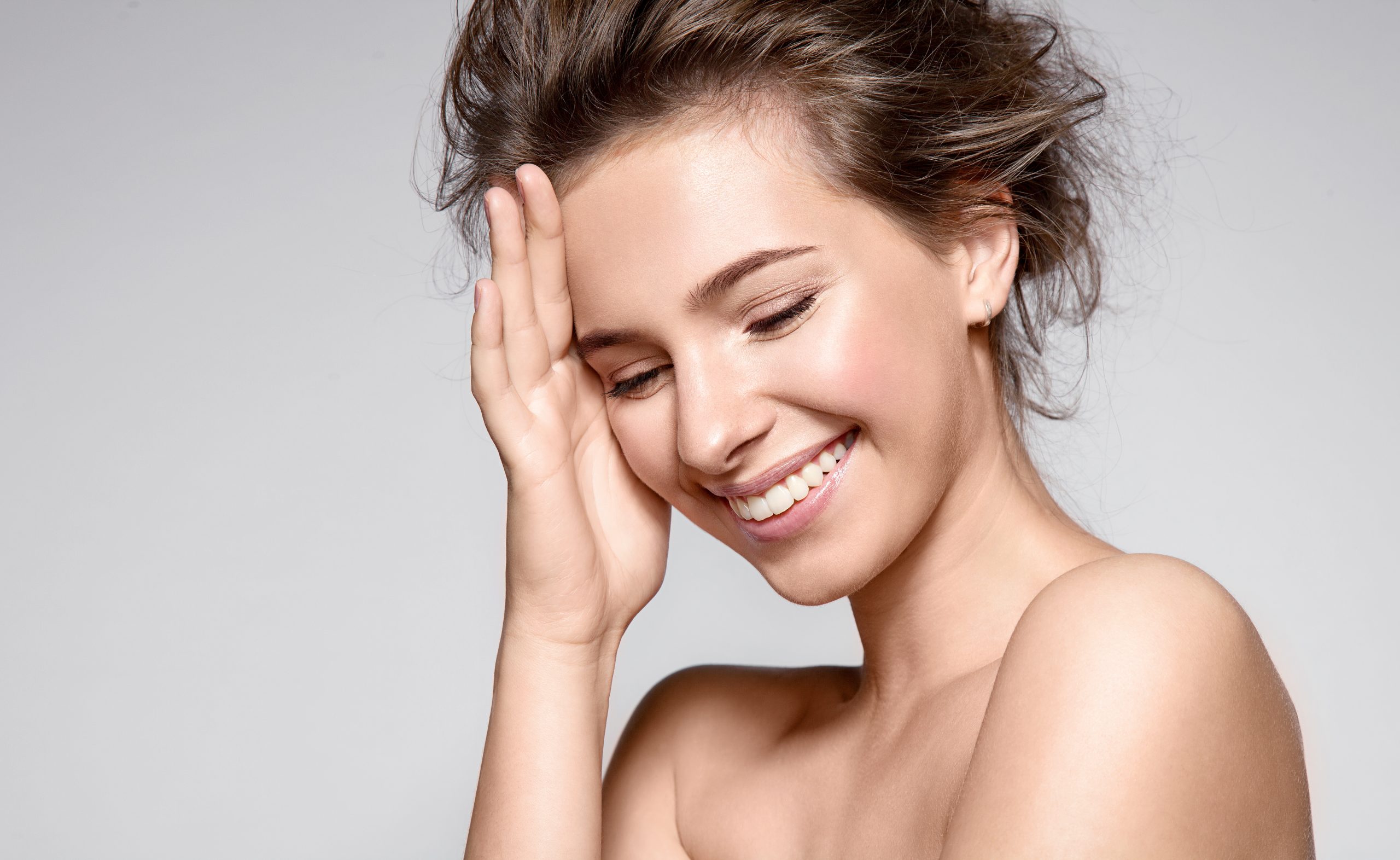Botulinum toxin (better known as Botox) temporarily inhibits the transmission of impulses between nerve and muscle. Through wrinkle treatment with Botox, expression lines on the face can be smoothed and minimized.
You look refreshed and relaxed.
Important Facts
- Treatment duration: 15-30 minutes
- Anesthesia: none
- Aftercare: no sun exposure, no solarium, no local heat application, no facial massage, lymphatic drainage or cosmetic treatment in the following 3 days
- Result: Visible after 5 days, maximum reached after 2 weeks, lasts 4-6 months
- Pain level: Minimal
- Social readiness: Immediate
- Price: One area from 200€, two areas from 360€, the final price depends on the actual amount used.
What is Botulinum toxin and how does it work
Botulinum toxin is a substance that reversibly inhibits the signal transmission from nerves to the facial muscles. In this way, by injecting tiny amounts, specific muscles can be temporarily weakened and so-called expression lines can be reduced.
Through regular and early use of tiny amounts, Botulinum toxin can thus prevent or at least greatly delay the formation of deep expression lines, because the wrinkles cannot become etched into the skin in the first place.
If the wrinkles are already so deep that they are visible even without tension of the muscles concerned, further improvement may be achieved after the Botox treatment by additional combination with plasma or hyaluronic acid.
Is Botox® dangerous
Strictly speaking, Botulinum toxin A is one of the strongest known toxins. It is a neurotoxin produced by a bacterium called Clostridium botulinum. However, the active substance is simultaneously one of the most thoroughly researched substances in medicine.
Botulinum has been used for many years in much higher quantities by neurologists as a medication to treat spastic conditions and is even approved for children in this indication. The dosages required for wrinkle treatment with Botox are many times lower.
In the skilled hands of experts, provided that the practitioner is appropriately trained and knows the correct dosage and injection technique, treatments with Botulinum toxin are an excellent means of treating expression lines.
Which wrinkles can be treated with Botulinum toxin (Botox®)
Wrinkles whose cause is the tension of the so-called facial muscles can be treated best. The method is particularly suitable for wrinkle treatments in the upper facial area, but there are also some other indications:
- Frown lines
- Forehead lines
- Crow's feet, which are wrinkles at the sides of the eyes.
- Diagonal wrinkles on the bridge of the nose, the so-called bunny lines
- Dimpling of the chin area (cobblestone chin)
- Protruding muscle bands in the neck area (platysma) - Nefertiti lift
Another application method is for excessive sweating, as the sweat glands can also be temporarily inhibited by treatment with Botox. In my practice, I often treat patients who complain that they feel impaired in their professional and social life due to heavy sweating.
For wrinkles whose cause is more likely to be volume loss (for example, the so-called nasolabial folds), Botox treatment is less suitable. Here, better results can usually be achieved for patients through wrinkle treatment with hyaluronic acid or thread lifting than with Botox treatment.
How long does the effect of Botox® last
The effect of Botulinum toxin (Botox®) occurs about 2-5 days after application and reaches its maximum after about 2 weeks. It then lasts between 4 and 6 months, although there are individual differences from patient to patient.
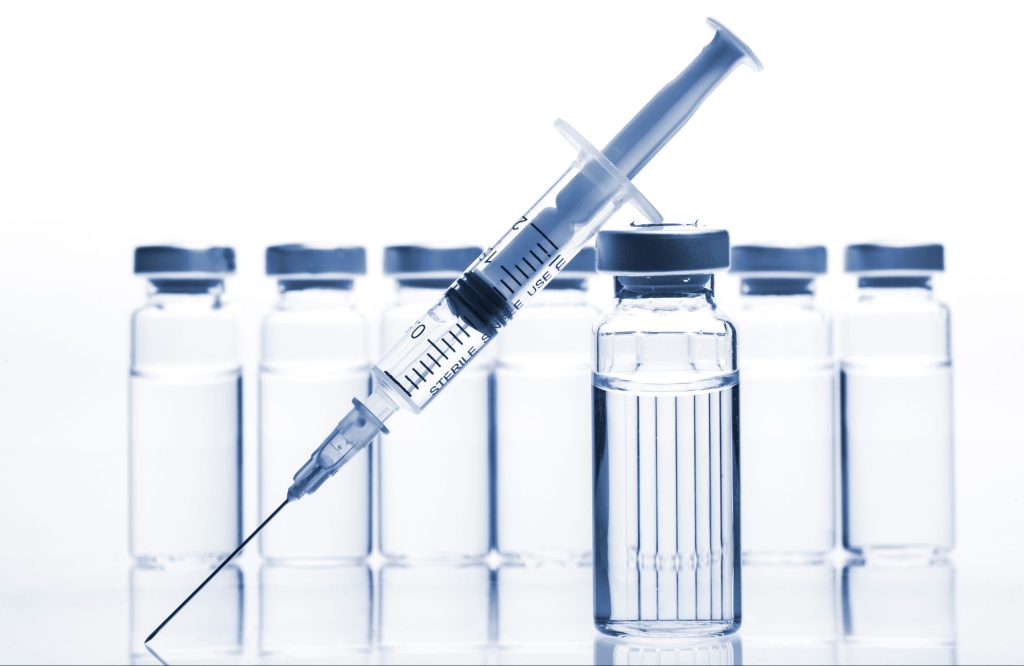
How does a Botox® treatment proceed
First, in a detailed consultation, your ideas and wishes are discussed in detail, and on the other hand, the special anatomy of your face and your personal facial expressions are thoroughly analyzed.
Then the skin is cleaned. Now, using a syringe with an extremely thin needle, the corresponding Botulinum units are injected into the facial muscles.
The treatment itself only takes a few minutes, however, you should plan sufficient time for the prior consultation to ensure you can ask and discuss everything.
What should you consider after a Botox treatment
After the treatment, small redness or bruising may rarely occur at the injection sites, but these side effects subside quickly. Patients rarely report temporary headaches. However, there are also many patients who say that their migraines improve after treatment with Botox because they strain the muscles of the forehead less afterwards.
On the day of treatment with Botox, it is advisable to avoid sports, sauna, solarium, or vigorous rubbing of the face, to prevent the injected substance from diffusing into muscles where it is not desired by the doctor. Cosmetic treatments such as facial cleansing or lymphatic drainage should be performed no earlier than seven to ten days after the Botox treatment.
The exact procedure, its possibilities, risks and side effects, or any alternatives to Botox treatment will be discussed in detail with you during a comprehensive consultation at one of my practices in Vienna or Baden.
What is the perfect Botox dose?
With the chosen dosage, it is generally recommended to maintain some residual activity of the treated facial muscles to avoid a mask-like appearance. The goal is to achieve a natural and relaxed expression where no one suspects that a doctor is responsible for the result.

When should Botulinum toxin not be used
- During pregnancy
- Breastfeeding
- Certain rare muscle diseases
- Treatment with certain antibiotics
- Acute infections in the skin areas to be treated
- With ongoing therapy using blood-thinning medications, the treatment can be performed, but there is an increased likelihood of bruising.
What can go wrong with a Botulinum toxin treatment
To get beautiful and safe results, it is absolutely recommended to seek an experienced practitioner.
Rigid facial expression
If too much Botox is used, there’s a risk of an unnaturally stiff, mask-like face that shows no facial expressions. It’s better, especially the first time, not to use too much, so that some residual facial expressions definitely remain. You should look refreshed, not completely immobile. Since ‘too much’ Botox cannot be neutralized, it’s better to make small corrections in a second session after about 14 days, rather than injecting a too high dose in the first treatment. (It’s similar to cutting hair – you can always make it shorter…)
Unintended asymmetries
Even more unpleasant than a too high dose is when the Botox gets into the wrong muscle group. This happens, for example, when the exact facial anatomy is not considered. As a result, muscle groups can be blocked whose mobility you actually wanted to maintain. The consequences can be asymmetries such as a crooked smile or a drooping eyelid, which are extremely uncomfortable for those affected. To avoid such things, it is also very important that no other cosmetic treatments such as lymphatic drainage or facial massages are performed in the affected facial area for at least 10 days after the Botox treatment.
Additionally, it should be mentioned here that, on the other hand, it is also possible to at least partially improve any existing facial asymmetries through skillful treatment.

What alternatives are there to Botox
When it comes to treating so-called expression lines, Botox is clearly the best alternative because it literally eliminates the cause of the problem.
However, I also offer you a variety of innovative and effective alternatives to Botox to reduce wrinkles and make your skin look youthfully radiant. Both in case the wrinkles that bother you are not suitable for Botox, and in case you simply don’t want a Botox treatment.
A popular method is the Hyaluron filler treatment, where natural hyaluronic acid is injected into the skin to restore volume and smooth out wrinkles. Hyaluronic fillers are particularly suitable for deep wrinkles and improving contours. They help restore lost volume and plump up certain areas.
A light version of the hyaluronic treatment are also Skinboosters and Profhilo, where the focus is not so much on adding volume, but rather on increasing the moisture content of the skin, which provides more glow.
Microneedling is another effective alternative. Tiny needles are used to stimulate the skin and promote natural collagen production. This improves skin texture and reduces fine lines and wrinkles. When combined with PRP, also known as Vampire Lifting, the regenerative effect is significantly enhanced.
Chemical peels are another option that can improve skin appearance and reduce wrinkles by removing the upper layers of skin.
I would be happy to help you find the right treatment for your needs and skin type. Visit us for personalized advice to discover the best solution for your skincare goals.
Be mindful of who treats you
Make sure to choose a doctor who is an expert, has sufficient experience, and takes the time to thoroughly inform you and answer all your questions.
The good thing about Botox is that even though the side effects will disappear after 6 months at the latest (which is the maximum duration of effect for botulinum toxin), six months is a long time if you’re not happy with the result.
Frequently Asked Questions About Botox (FAQ)
What is the difference between fillers and Botox?
Botox is a medication that inhibits muscle movement. Thus, Botox is used to treat expression lines such as frown lines or forehead wrinkles.
Fillers, on the other hand, are substances that can add volume to the face. Hyaluronic acid fillers are used, for example, to restore lost volume in the midface or to plump up the lips.
Is Botox treatment painful?
Of course, pain perception is always individual for patients, but overall, a Botox treatment is somewhat uncomfortable but not particularly painful. Most people only feel a slight burning sensation. Extremely thin needles are used. Additionally, the affected area can be made less sensitive through cold application, or by small devices that send vibration impulses. Moreover, the treatment really doesn’t take very long.
Can Botox only be used on the forehead and around the eyes?
When most people think of Botox, they think of frown lines or crow’s feet. However, there are several other applications that skilled doctors can perform to achieve very beautiful and subtle results:
- Wrinkles on the nose (bunny lines or witch’s wrinkles)
- Chin (so-called strawberry chin or cobblestone chin)
- Drooping corners of the mouth
- Botox Lip Flip (prevents the upper lip from rolling inward when laughing)
- Botox Brow Lift
- Nefertiti Lift and neck area
- Gummy Smile (when too much gum is visible when smiling)
- Another application of botulinum toxin is also treatment for excessive sweating
Can botulinum toxin be used during pregnancy or breastfeeding?
Although no cases have been described where Botox has caused damage to unborn children, Botox is not approved for wrinkle treatment during pregnancy and breastfeeding and should not be used to avoid unnecessary risks to the health of mother and child.

Do existing wrinkles disappear completely with Botox treatment?
By relaxing the facial muscles, the treated wrinkle can no longer be formed. Unfortunately, deep wrinkles that are already deeply etched into the skin do not disappear completely. However, they are mitigated through regular treatments.
At what age should one start with Botox?
How early expression lines form is very individual and depends on genetics, lifestyle, and the strength of facial expressions. There is no general answer to this question. However, if you want to prevent the formation of deep wrinkles, the best time is when a wrinkle is just beginning to show as a fine line even when the face is relaxed.
Do men also get Botox injections?
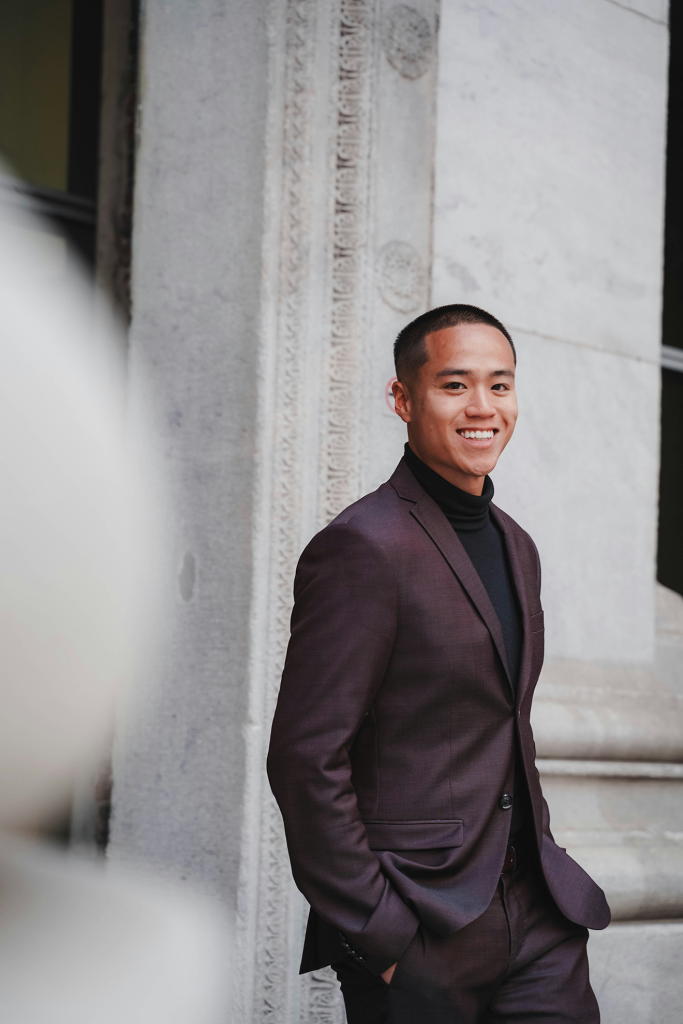
Men can also be treated with botulinum toxin. Since certain facial features are generally perceived as more masculine or feminine, slightly different dosages of the toxin and slightly modified injection points are often chosen for men. Experienced doctors can achieve the optimal result here, taking into account the patient’s wishes, without it being immediately obvious that a treatment has been performed.
Does botulinum toxin help against migraines?
Yes, Botox can also be used for migraines. However, I recommend my patients to consult a specialist or neurologist, as they have the appropriate training and experience to select the optimal therapy or combination of therapies for migraines.
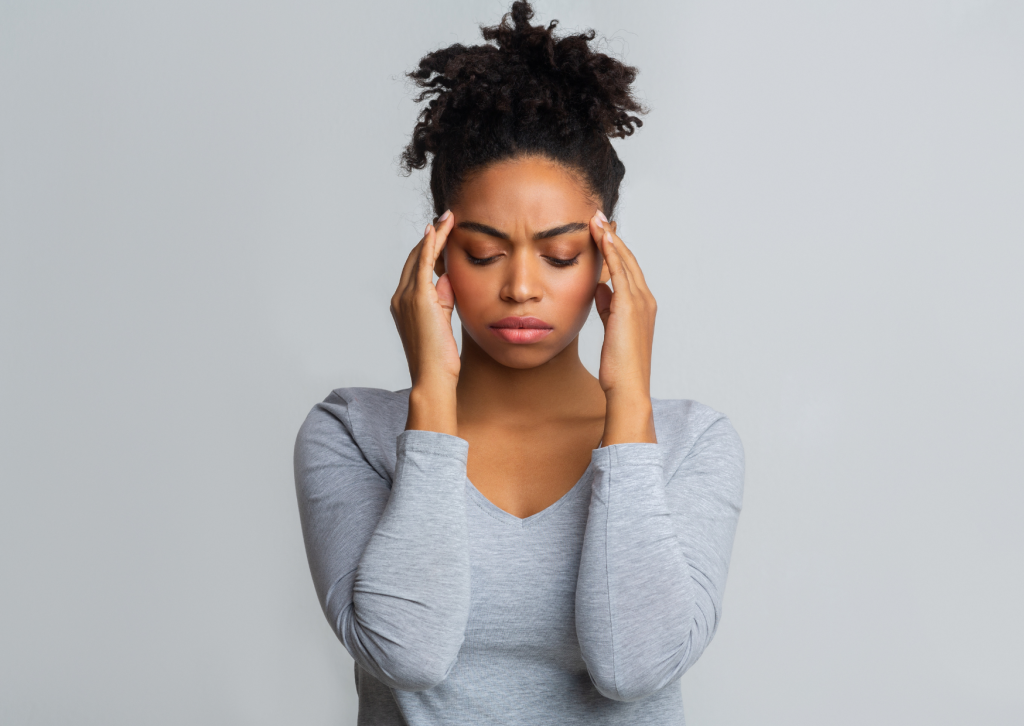
Do I always have to inject Botox once I've started with it?
The effect of Botox usually lasts about 4-6 months. At the latest, six months after the wrinkle treatment, the face looks the same as before the treatment. If you want to have the result of Botox permanently, you need to repeat the treatment about two to three times a year.
Does Botox also help against sweating?
Yes. Botox can not only paralyze facial muscles but also inhibit the sweat glands. This treatment is very popular among people who suffer from excessive sweating. For example, no more telltale sweat stains can form on your clothing.

What is a Botox Lip Flip?
Here, small amounts of Botox are injected into the upper lip muscles. This relaxes them and makes them appear a bit fuller. Additionally, it prevents the upper lip from rolling inward when laughing. It’s important to note that the result depends on the individual lip shape and the method is not suitable for everyone. This procedure should only be performed by experienced doctors, as incorrect application can lead to very unpleasant side effects.

What is a Nefertiti Lift?
The name comes from the Egyptian queen Nefertiti, who was considered one of the most beautiful women of antiquity. Her famous bust shows a beautiful queen with a perfect chin and neck line. The Nefertiti Lift uses botulinum toxin to tighten and rejuvenate the appearance of the neck and jawline.
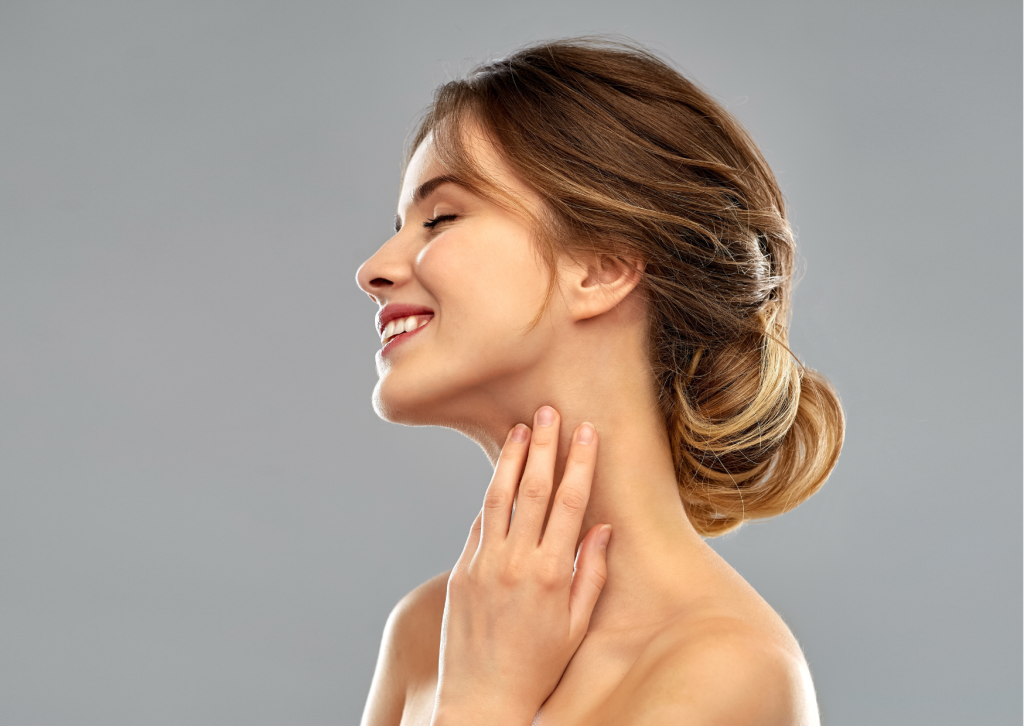
What is a Gummy Smile?
A Gummy Smile is when too much of the upper gum is visible when smiling. Through a special treatment with botulinum toxin, the smile can be made more harmonious.

Is all Botox the same?
In Austria, several preparations from different manufacturers are approved. Which one is used is usually the personal preference of the doctor. However, you should never order botulinum toxin yourself from dubious websites on the internet, as it is not guaranteed what you will actually receive.
How many units do I need?
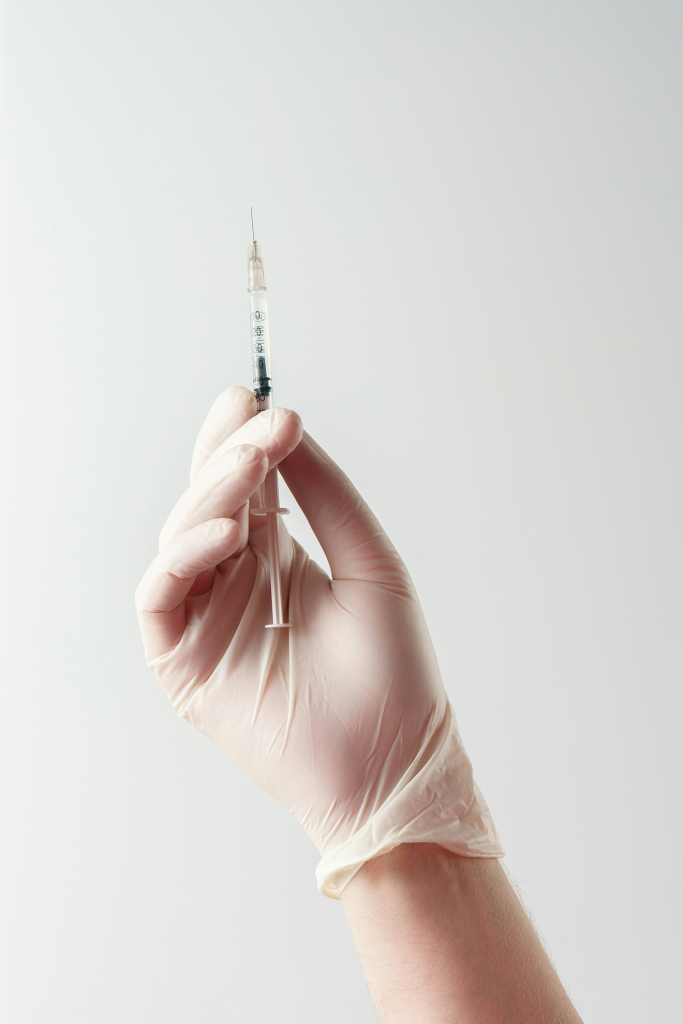
The number of units you need for wrinkle treatment varies individually. On one hand, it depends on how strong your muscles are, and on the other hand, on how much residual movement you still want to have. While in the Anglo-Saxon region it is common to actually sell toxin by units, and providers really state the prices of the units, in Germany and Austria it is customary to give the costs for a region, even if there is a certain range in the required units. Additionally, you should know that in Austria there are several different providers of botulinum toxin preparations, and there are conversion factors here. In other words: one unit of toxin from one company does not correspond to one unit of toxin from another manufacturer.
Are my wrinkles worse when I stop using Botox again?
No, after six months the effect of the toxin is gone and you look the same as before the treatment. However, it does happen that patients get used to the effect and it seems to them as if the wrinkles are worse afterwards than they were.
Are there any long-term effects with Botox?
Botox is essentially a neurotoxin, and that sounds pretty scary at first. However, many long-term studies have shown that Botox does not cause any long-term effects and does not impair your health. The effect completely reverses after six months. However, muscles that are not active for a long time lose their strength, similar to the muscles in arms and legs when we wear a cast for a long time. It’s no different with facial muscles; these also become weaker through prolonged immobilization.
How exactly does Botox work?

Botox prevents signal transmission from the nerve to the muscle at the so-called motor end plate. This means that while the signal for executing a movement is generated in the brain and this signal is also transmitted via the nerve pathways, the transmission is interrupted where the signal actually reaches the muscles.
How much does a Botox treatment cost?
The prices of Botox treatment vary depending on how many regions are treated and how many units are needed. For treatment of one region (for example, the frown lines or crow’s feet), costs start from 200€. The combined treatment of frown lines and forehead wrinkles comes to about 360€. The costs will be discussed with you in detail beforehand.
What happens during the Botox treatment?
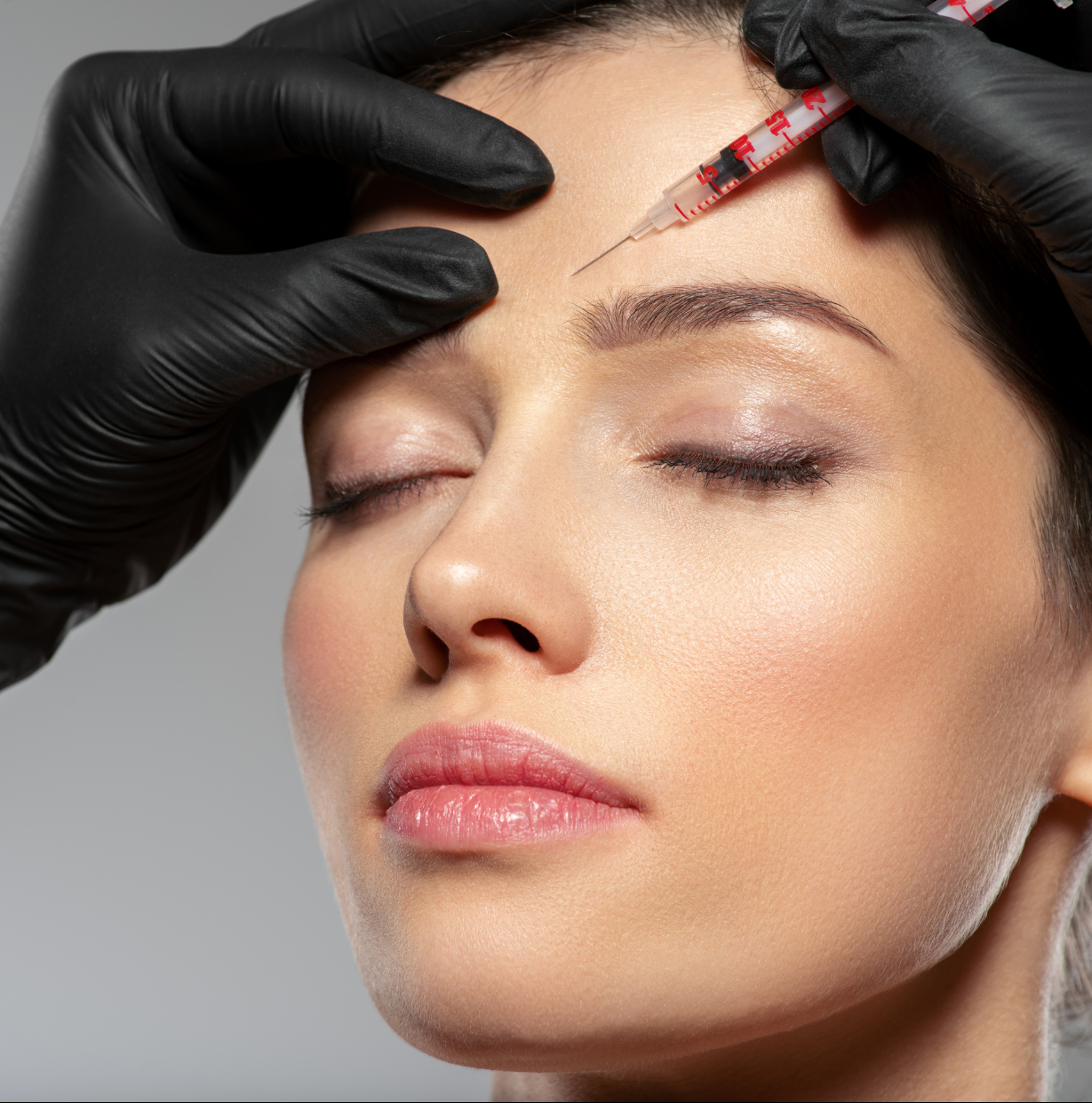
First, a detailed consultation takes place in my practice. Then, photos of the areas to be treated are taken. Afterwards, the skin is cleaned and the Botox is injected under the skin with thin needles. Finally, the skin is cooled.
A follow-up appointment after 14 days, during which small touch-ups may be performed if necessary, is included in the price.
When does Botox not work?
For wrinkles that are not caused by movement of the facial muscles, but by sagging of the skin, such as the nasolabial fold or fine crinkles on the cheeks, Botox is not the treatment of choice. Also, facial wrinkles that are already very deeply ingrained cannot be made to disappear with Botox alone.
What is the Botox effect?
The Botox effect refers to when Botox is repeatedly applied in the same facial region and the affected muscles become increasingly weaker due to permanent immobilization, so that the result lasts longer.
Can a Botox treatment be combined with other treatments?
Of course, you can combine the Botox treatment with other treatment methods such as Fillers, PRP, Skinboosters, Profhilo, Peelings or Microneedling. This can even achieve particularly beautiful results. You will receive more detailed information about this during a comprehensive consultation at the practice. However, it is advisable to split this into two separate appointments at the practice if the same facial area, for example, crow’s feet or upper lip wrinkles, is being treated.
What are the risks of wrinkle treatment with Botox?
Small bruises may occur during the treatment. Improper application can result in an asymmetrical facial expression. If too much Botox is used, the facial expression can appear too rigid and therefore unnatural.
That’s why it’s very important to only get treated by experienced doctors.
What should be considered after the Botox treatment?
You should not visit a sauna, steam room, or solarium for a few days. It’s also best to avoid exercise for about three days.
For seven to ten days, no cosmetic facial treatments such as deep cleansing, lymphatic drainage, or facial massages should be performed. For the same period, at-home facial massage devices such as cleansing brushes, jade rollers, or Gua Sha tools should not be used. It’s best to touch the face only carefully and gently. Applying cream, washing, applying and removing makeup is allowed, but carefully and gently. Please also do not wear ski goggles or swimming goggles in the days following the Botox treatment.
Can one develop antibodies against Botox?
In rare cases, patients develop antibodies against Botox, and as a result, the product no longer works or only works weakly. This occurs more frequently when Botox is used in neurology (for example, against spastic cramps) because much larger amounts of the substance are used than in aesthetic medicine.
To avoid this, there should always be at least three to four months between individual treatments. This means it’s better to treat all regions you want to address at once, rather than treating the frown lines one month, crow’s feet the next, and so on. If there is still suspicion that Botox is no longer working for you, you can try taking a longer break to allow the body to break down the antibodies, or you can try switching to a different botulinum toxin preparation.

